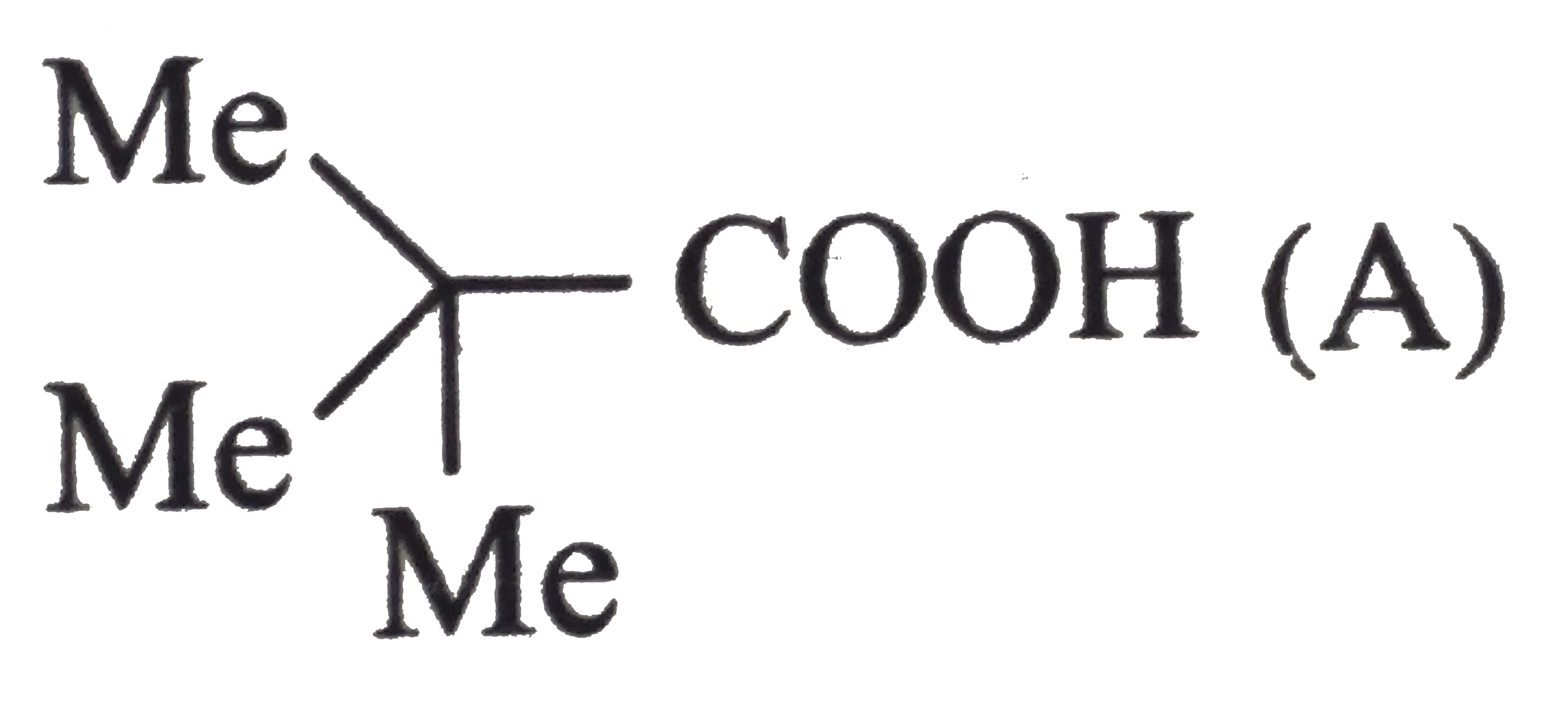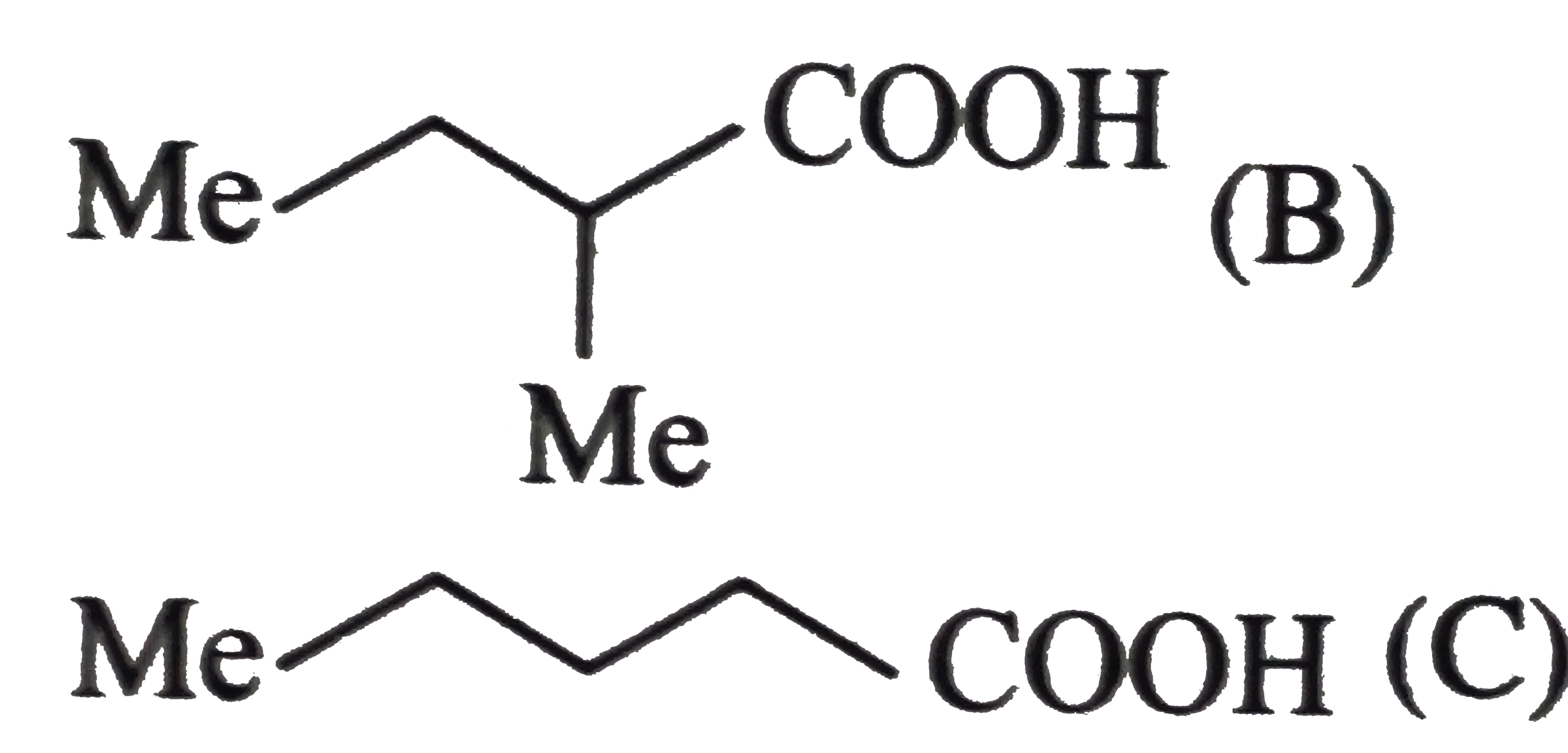Differentiate between the following :
Homozygous and heterozygous individual
Step-by-Step Solution:
1. Definition of Homozygous:
- A homozygous individual has two identical alleles for a specific gene. This means that both alleles inherited from the mother and father are the same, either both dominant (e.g., AA) or both recessive (e.g., aa).
2. Definition of Heterozygous:
- A heterozygous individual has two different alleles for a specific gene. This means that one allele is dominant and the other is recessive (e.g., Aa).
3. Allele Composition:
- In homozygous individuals, the alleles are the same, leading to uniformity in traits.
- In heterozygous individuals, the alleles are different, which can lead to variation in traits.
4. Expression of Traits:
- In homozygous individuals, the trait expressed will be uniform, either showing the dominant trait if both alleles are dominant or the recessive trait if both alleles are recessive.
- In heterozygous individuals, the dominant allele will typically mask the expression of the recessive allele, resulting in the dominant trait being expressed.
5. Hybrid Status:
- Homozygous individuals are not considered hybrids, as they do not exhibit variation in their alleles.
- Heterozygous individuals are often referred to as hybrids because they possess different alleles, which can lead to traits that differ from those of their parents.
6. Types of Homozygous Individuals:
- There are two types of homozygous individuals: homozygous dominant (AA) and homozygous recessive (aa).
- Heterozygous individuals (Aa) can exhibit a dominant trait due to the presence of the dominant allele.
Summary of Differences:
- Homozygous: Same alleles (AA or aa), uniform trait expression, not hybrids.
- Heterozygous: Different alleles (Aa), dominant trait expression, considered hybrids.
- A homozygous individual has two identical alleles for a specific gene. This means that both alleles inherited from the mother and father are the same, either both dominant (e.g., AA) or both recessive (e.g., aa).
- A heterozygous individual has two different alleles for a specific gene. This means that one allele is dominant and the other is recessive (e.g., Aa).
- In homozygous individuals, the alleles are the same, leading to uniformity in traits.
- In heterozygous individuals, the alleles are different, which can lead to variation in traits.
- In homozygous individuals, the trait expressed will be uniform, either showing the dominant trait if both alleles are dominant or the recessive trait if both alleles are recessive.
- In heterozygous individuals, the dominant allele will typically mask the expression of the recessive allele, resulting in the dominant trait being expressed.
- Homozygous individuals are not considered hybrids, as they do not exhibit variation in their alleles.
- Heterozygous individuals are often referred to as hybrids because they possess different alleles, which can lead to traits that differ from those of their parents.
- There are two types of homozygous individuals: homozygous dominant (AA) and homozygous recessive (aa).
- Heterozygous individuals (Aa) can exhibit a dominant trait due to the presence of the dominant allele.
- Homozygous: Same alleles (AA or aa), uniform trait expression, not hybrids.
- Heterozygous: Different alleles (Aa), dominant trait expression, considered hybrids.
Topper's Solved these Questions
- PRINCIPAL OF INHERITANCE AND VARIATIONSBOOK - MBD -HARYANA BOARDCHAPTER - PRINCIPAL OF INHERITANCE AND VARIATIONSEXERCISE - EXERCISE
51 Videos
- ORGANISM AND POPULATIONBOOK - MBD -HARYANA BOARDCHAPTER - ORGANISM AND POPULATIONEXERCISE - EXERCISE
25 Videos
- PRINCIPLES AND PROCESSES IN BIOTECHNOLOGYBOOK - MBD -HARYANA BOARDCHAPTER - PRINCIPLES AND PROCESSES IN BIOTECHNOLOGYEXERCISE - EXERCISE
26 Videos
Similar Questions
Differentiate between the following.
Homospory and heterospory
View SolutionDifferentiate between the following.
Flora and fauna
View SolutionDifferentiate between the following.
Apogamy and apospory
View SolutionDifferentiate between the following :
Amylose and Amylopectin
View SolutionDifferentiate between the following
Tendons and ligaments.
View SolutionDifferentiate between the following acids :
(a)
(b)
View SolutionDifferentiate between homozygous and heterozygous organisms.
View SolutionDifferentiate between the following.
Zoo and wildlife sanctuary
View SolutionDifferentiate between the following.
Prothalius and protonema
View SolutionDifferentiate between the following.
Gametophyte and sporophyte
View Solution
